The Biggest Ironman World Championship Meltdowns Of All Time
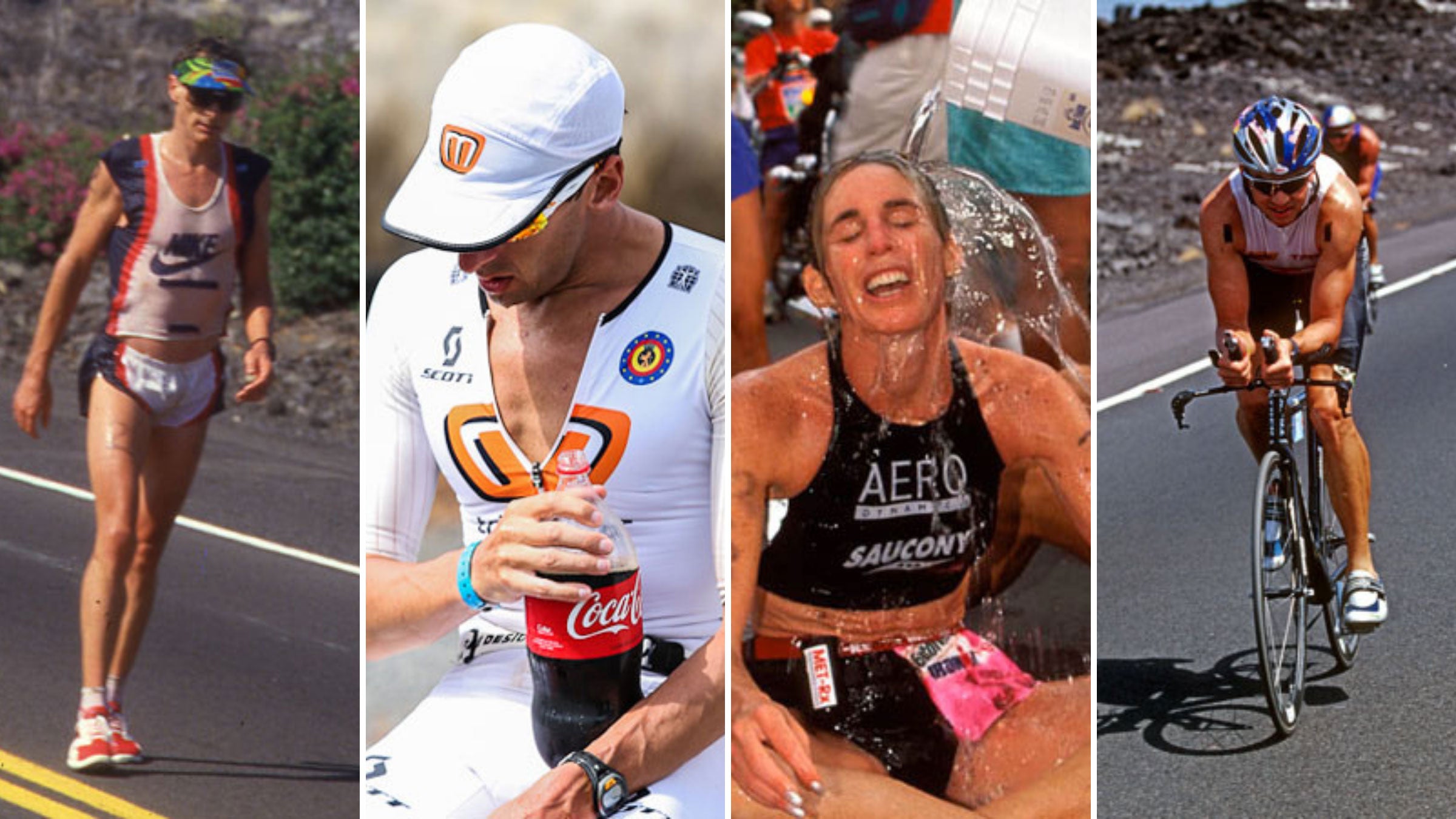
As we look toward the women’s Ironman World Championship race in Kona this weekend, we see a lot of potential for epic performances – and epic blow-ups. After all, Kona is well-established as a brutal test of endurance.
We’ve seen it time and time again – in the pursuit of greatness, sometimes the wheels fall off. We looked back on the last 40-plus years of Ironman World Championships and came up with this list of the biggest meltdowns of all time at the race. This list includes some of the top names (even world champions) in the sport, proving that the brutal conditions and highly competitive nature of the race can get the best of anyone.
Visit our Kona Hub for news, analysis, history, photo galleries, and so much more – new stories added daily from our team on the ground in Hawaii.
2024: Kristian Blummenfelt upchucks his way to the finish
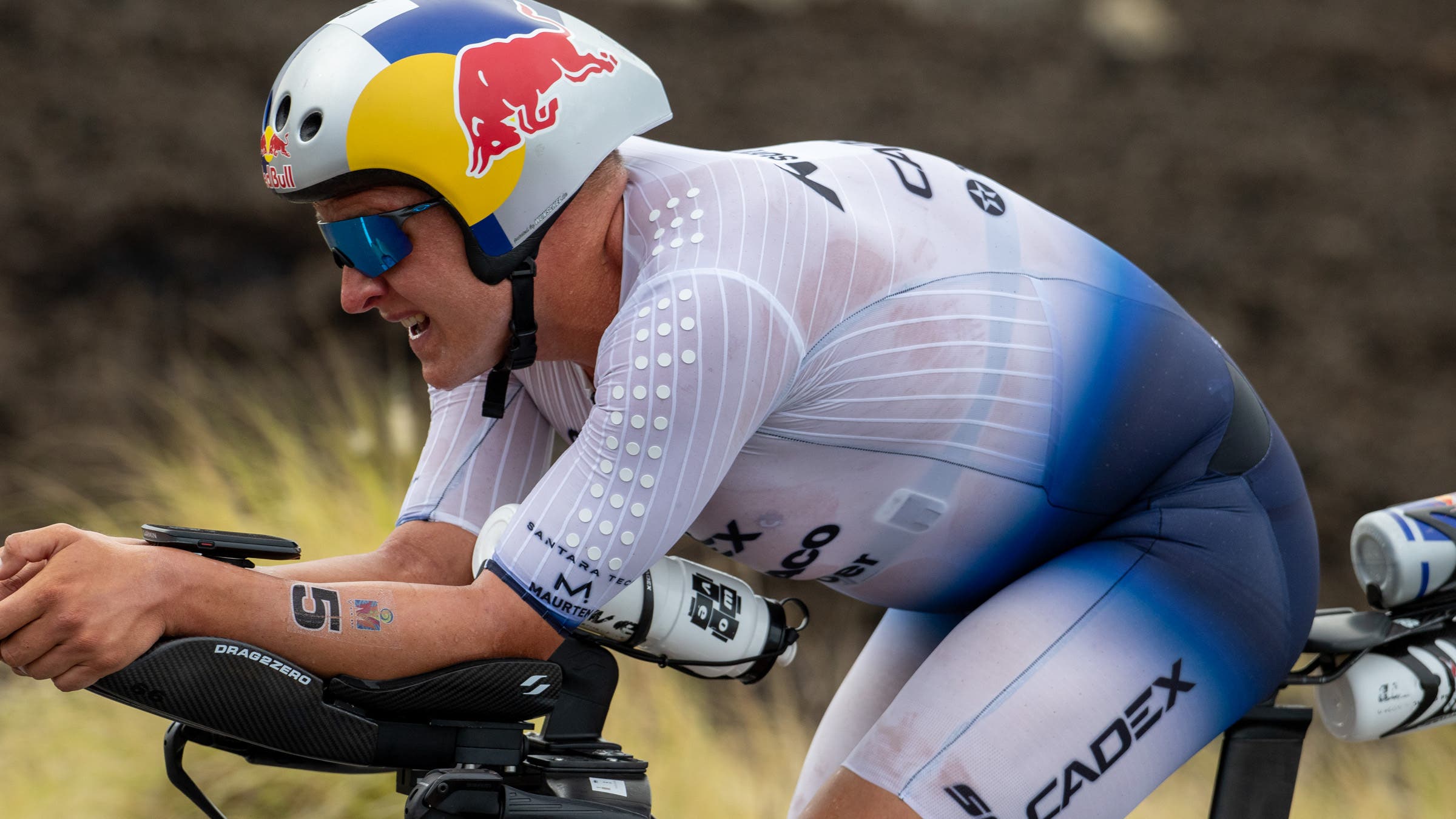
The Norwegian powerhouse and 2021 Ironman World Championship winner went into the 2024 Ironman World Championship as a favorite to claim the victory. The Olympic gold medalist had a routine swim to start the day, exiting just behind the leader, and the early miles of the bike battle went according to plan. After 31 miles, “Big Blu” had pulled within 2 minutes of Sam Laidlow and Magnus Ditlev before he started a series of projectile vomiting bouts on the bike, eight times in total.
Because he had lost so much nutrition, he spent the rest of the ride trying to limit the damage as he lost time to Laidlow. He still entered T2 ahead of the eventual winner, Patrick Lange, but was soon passed by the German. He ended up posting a 3:32:04 run and finishing the race in 35th place—tied for his worst finish ever in a long-course event.
2012: From the front of the pack to the back of an ambulance
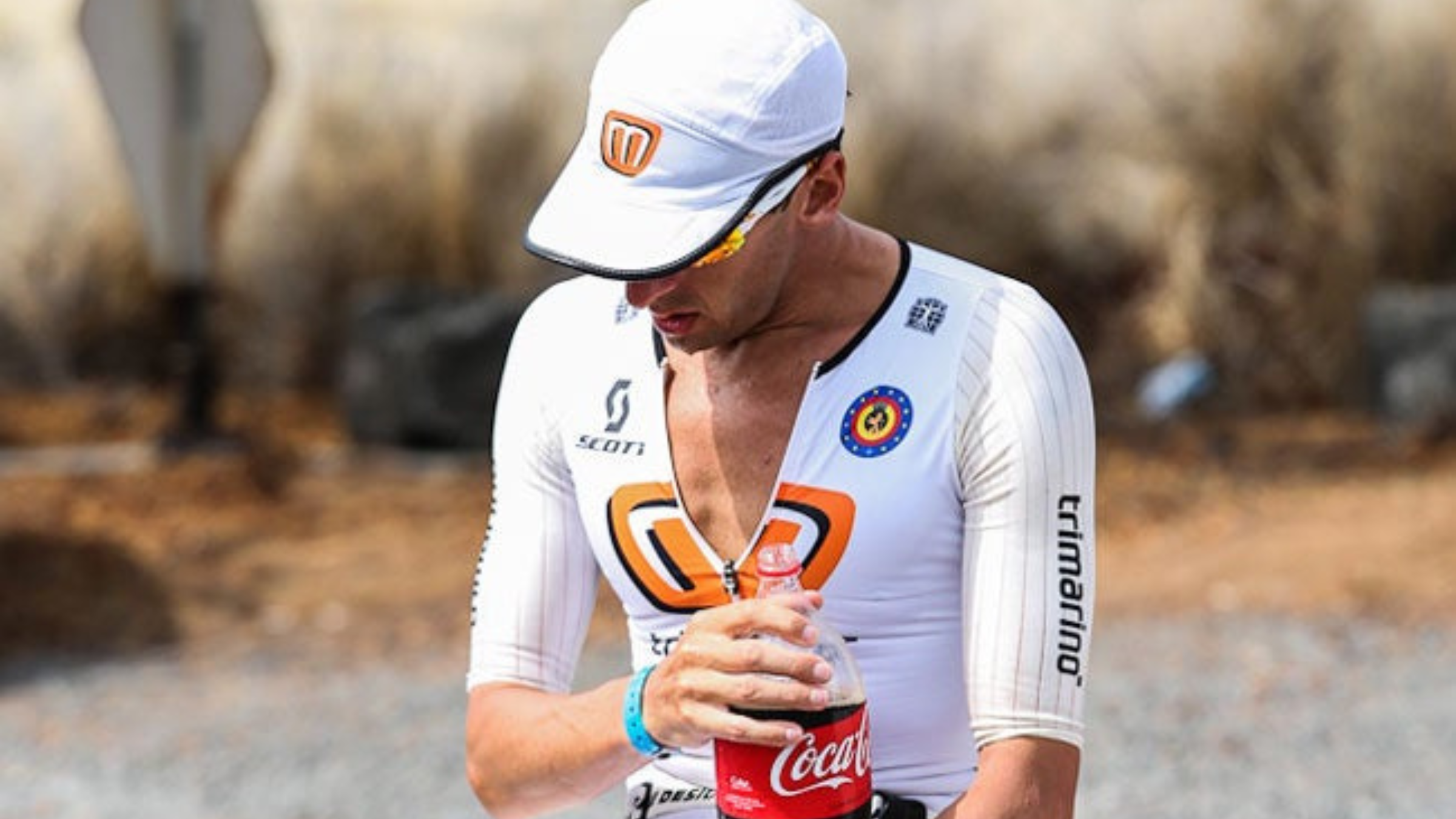
Belgian Marino Vanhoenacker, the then-owner of the fastest Ironman time ever recorded (7:45:58 at 2011 Ironman Austria), came out of the water at the 2012 Ironman World Championship less than a minute behind the front pack. He took his time making his way back up to that group, but once they reached Hawi he—along with Sebastian Kienle—decided to push the pace.
But Kienle got a flat tire, leaving Vanhoenacker to break away on his own. By the time bike turned to run, Vanhoenacker’s lead stood at eight-and-a-half minutes over eventual winner Pete Jacobs. Vanhoenacker’s body temperature rose uncomfortably high, and he started battling abdominal cramps halfway through the run.
He started to slow, then stumble. By mile 17, he had nothing left and sat down. An ambulance came, and he dropped out of the race.
2007: The Stadler-McCormack rivalry gets too hot
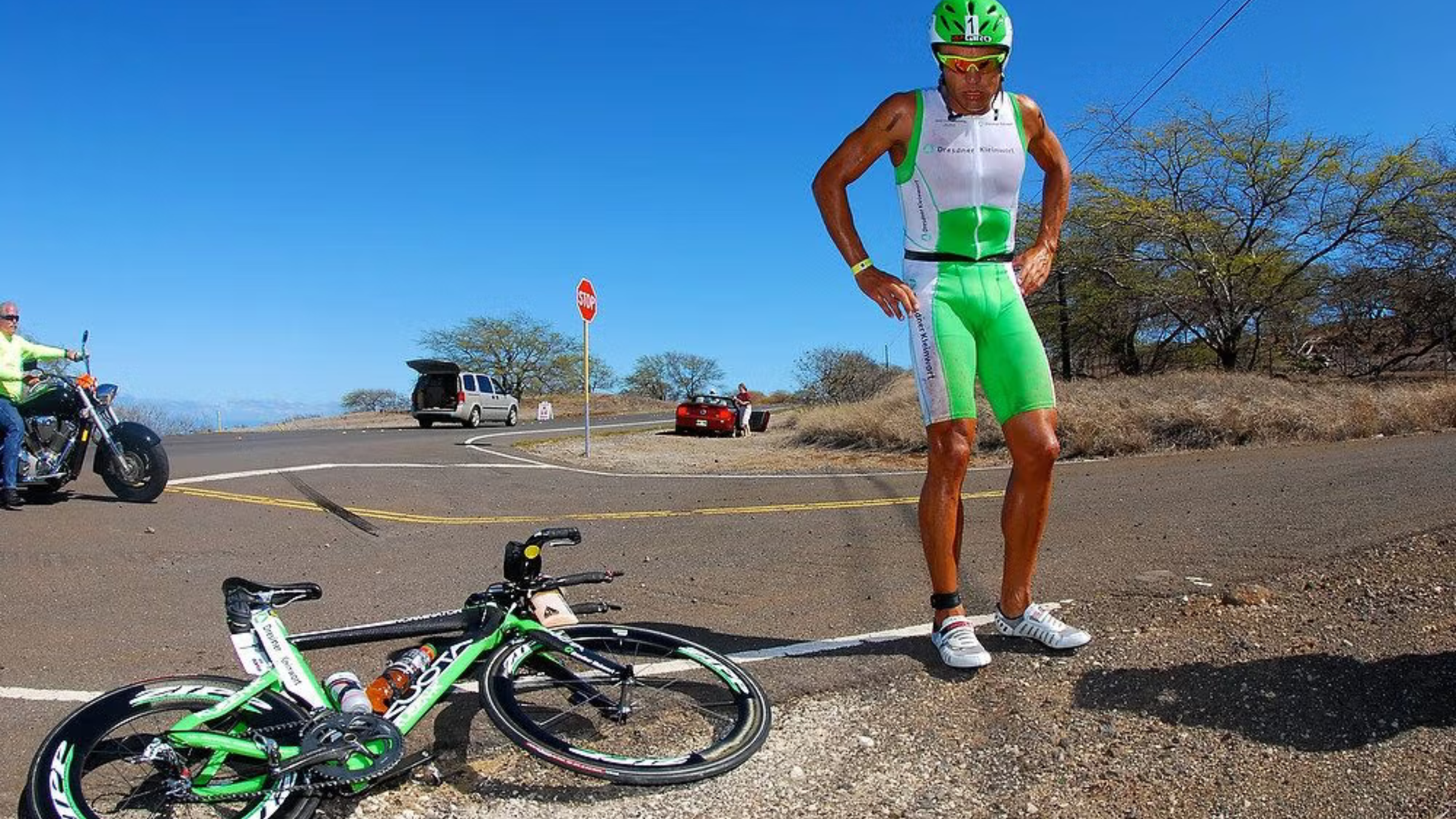
Normann Stadler and Chris McCormack finished 71 seconds apart in the 2006 Ironman World Championship. Despite winning, Stadler accused McCormack of drafting on the bike, creating a heated rivalry between the two competitors. When both showed up to the 2007 Ironman World Championship, each had something to prove. Stadler needed to defend his title, while McCormack needed a first-place showing after many failed attempts.
With high expectations set for Stadler, it came as a surprise when he started throwing up during the bike leg and needed medical attention. His blow-up allowed McCormack to shift his focus to other competitors and run down Ali’i Drive for his first world championship title. Stadler is also well known for another meltdown in 2005 that involved “too much glue!” on the bike course.
2003: DeBoom vs. kidney stone
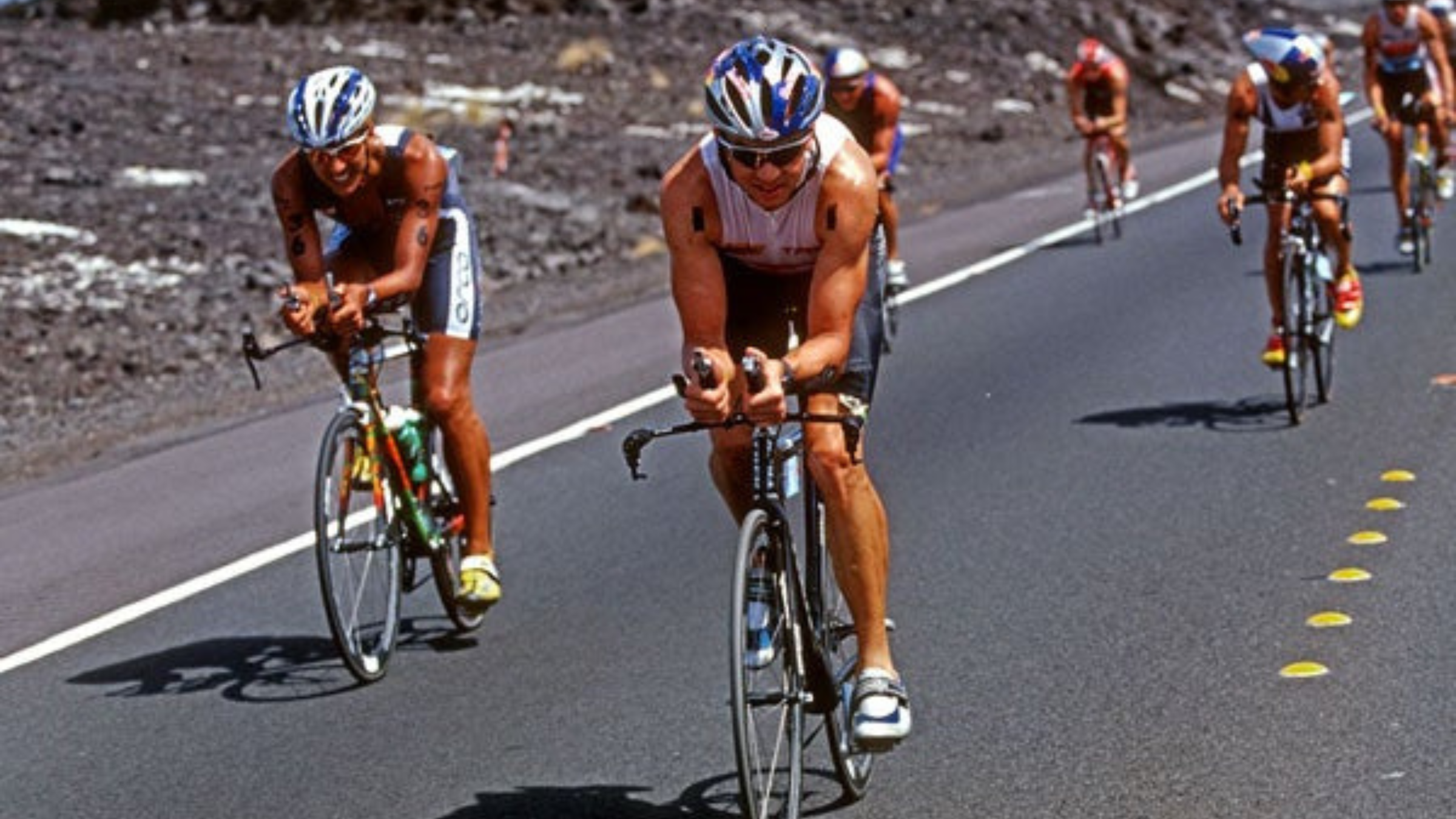
Tim DeBoom and Peter Reid had a classic Ironman rivalry—friends off course but temporary enemies during the race. Both men had two wins in Kona, and both had second-place finishes to the other.
In the 2003 Ironman World Championship, Reid passed DeBoom in the marathon. At mile 13, DeBoom had lost more than two minutes to Reid when he dropped out at an aid station. He collapsed in an ambulance and was taken to a local hospital where he ended up passing a kidney stone. Reid ran his way to his third world championship title.
2002: Rookie mistake
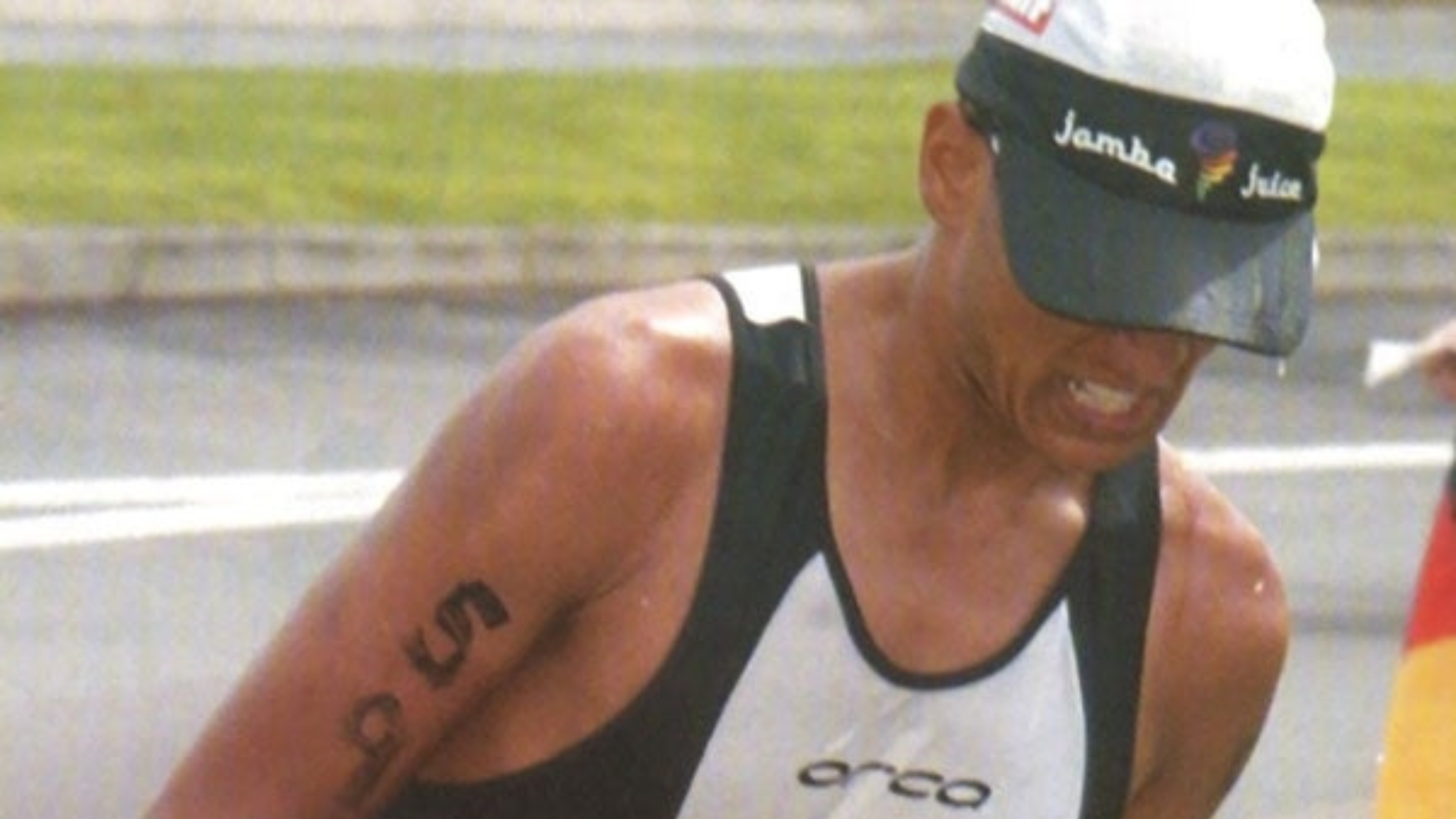
Chris McCormack entered the 2002 Ironman World Championship with the same mindset that brought him early success in his triathlon career: Be aggressive. After finishing one of the toughest swims in Ironman history, the Kona rookie found himself leading the bike leg and creating a decent-sized gap. With eight minutes over his next competitor, McCormack set off on the run, targeting a 2:58 marathon.
Not too long into the marathon, his legs began to cramp, and Tim DeBoom, Peter Reid and Cameron Brown passed the rookie. McCormack, still mentally strong, became frustrated with body’s refusal to cooperate and dropped out of the race. DeBoom went on to win his second Hawaii title in a row.
1997: A dramatic collapse
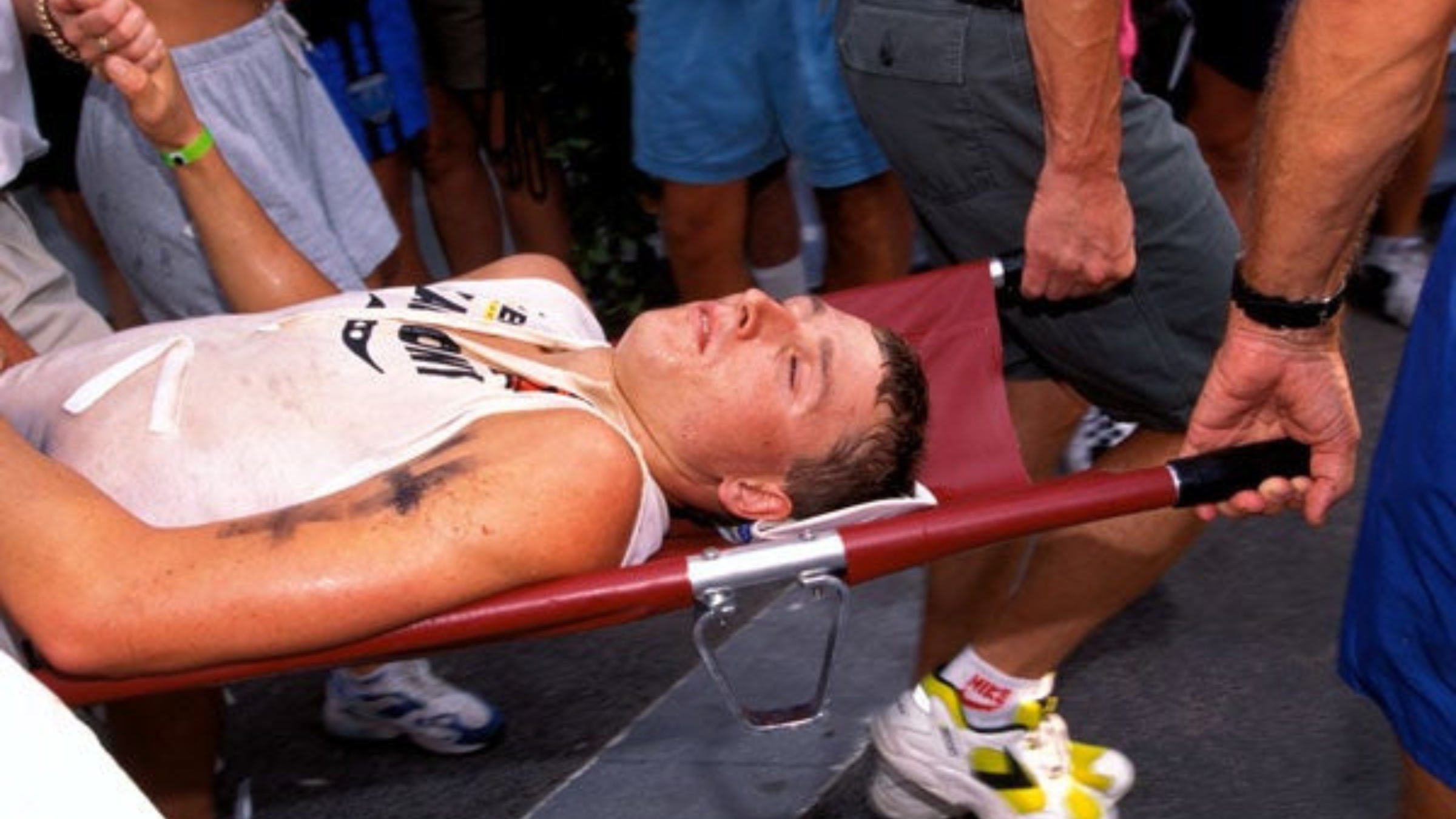
After finishing the 2.4-mile swim, Chris Legh was six minutes behind the leaders. Despite not keeping fluids down, he rode his way to the lead pack and headed out on the run. Around mile 16 of the marathon, Legh could tell something was seriously wrong, but he didn’t realize just how serious things were.
With only 50 meters to the finish line, Legh collapsed and was unable to finish the race. Part of his large intestine had shut down due to dehydration, and he had to be rushed to the hospital to have it surgically removed. Legh would return to Kona the next year, finishing sixth overall in 1998.
1997: The crawl-off
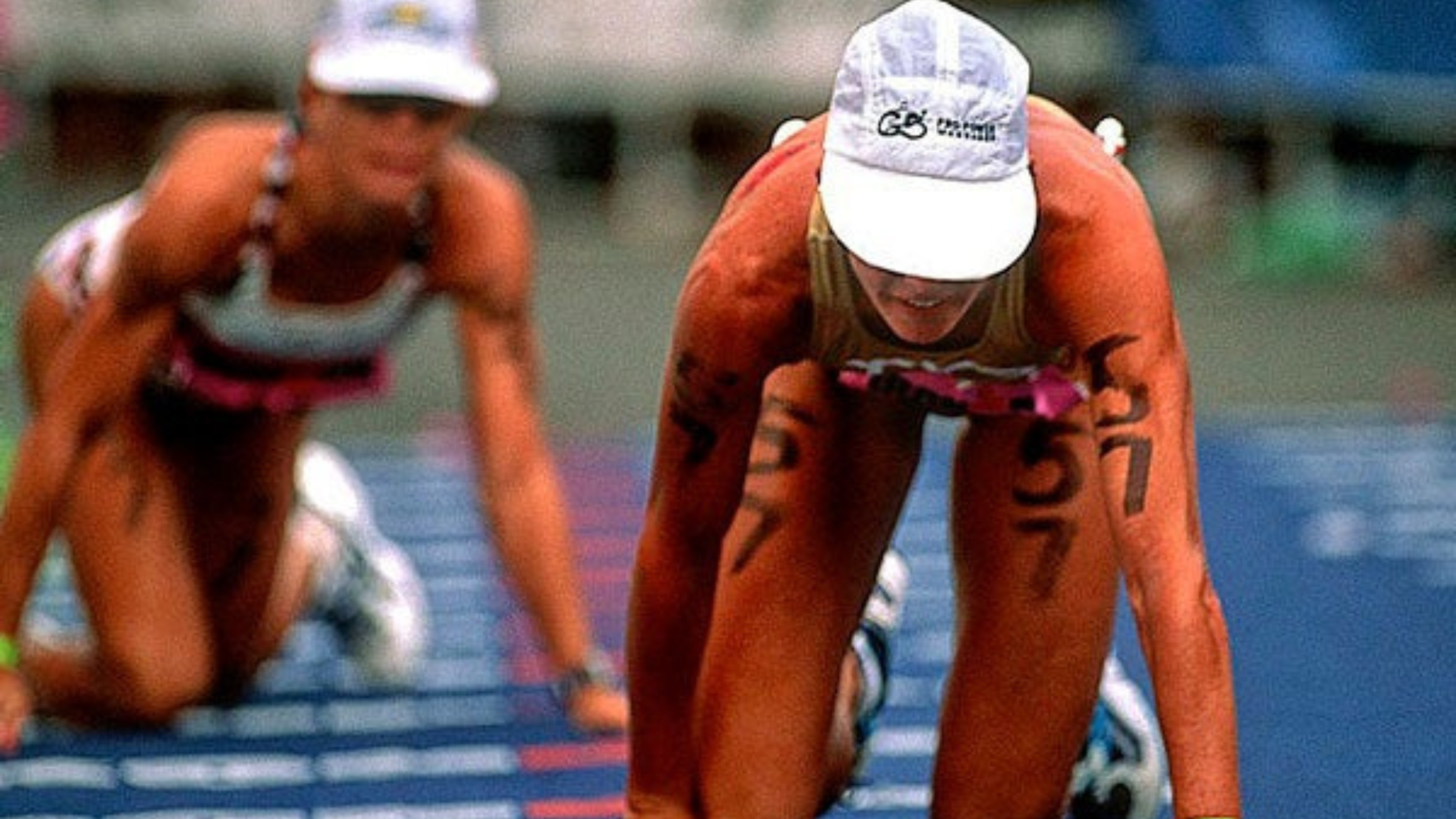
Cramps happen to the best of us, and Ironman has taken its share of victims. But for the first time in Ironman history, fourth and fifth place were decided by a crawl to the finish. Sian Welch was almost to the finish chute when she collapsed, picked herself up, and collapsed again.
Wendy Ingraham, who stopped to massage her cramps 200 yards from the finish line, wobbled her way up to Welch before collapsing. The two took turns lurching toward the finish, with Welch trying to use the fence and banners as support. Realizing progress was impossible while standing, the two crawled across the finish line, with Ingraham placing fourth and Welch placing fifth.
1995: The Queen of Kona
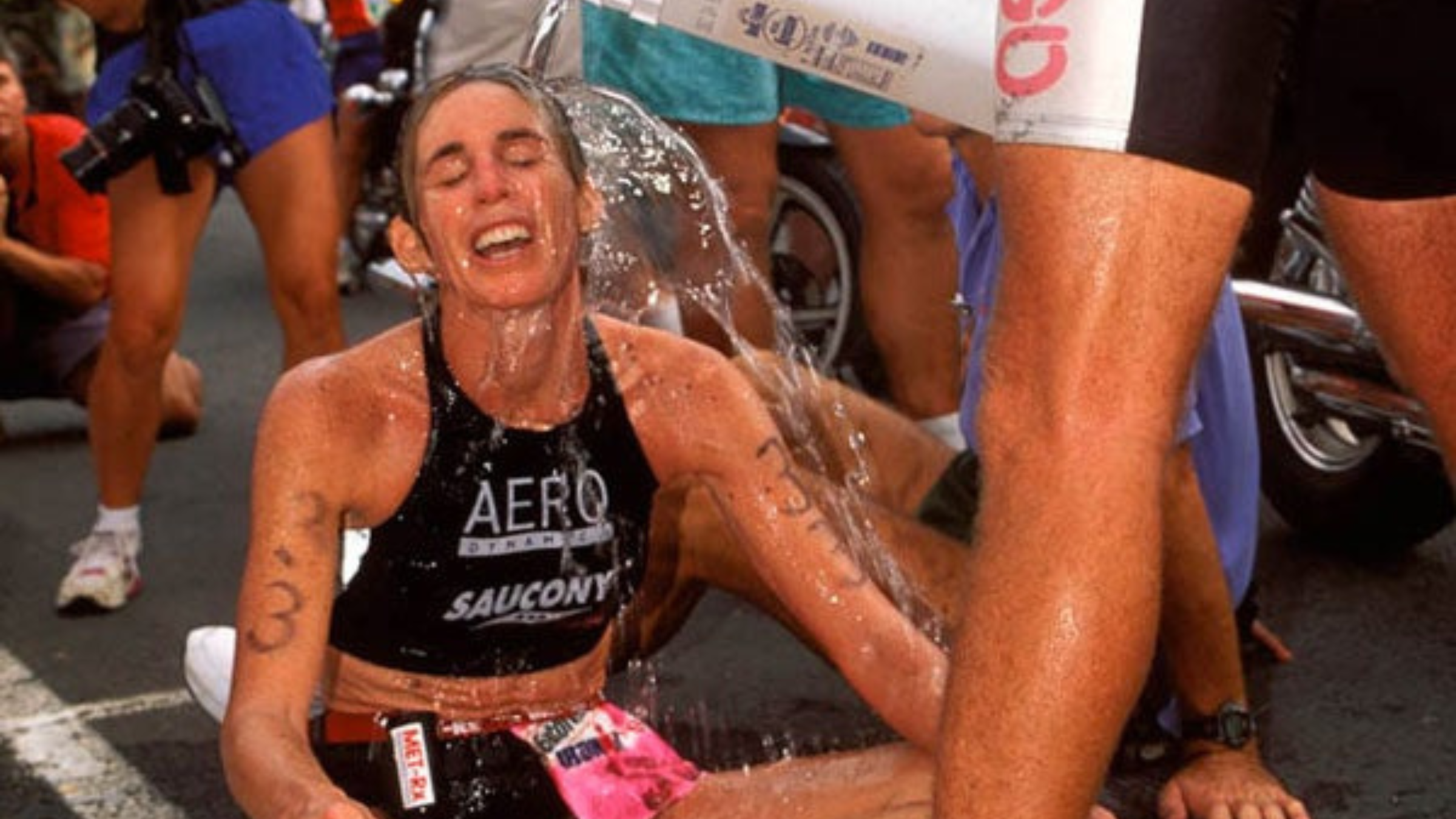
In a race that spans 140.6 miles, 300 yards seems unsubstantial. Paula Newby-Fraser was the clear favorite in the women’s race and had an 11-minute advantage over Karen Smyers off the bike. As the rookie slowly gained time on the Queen of Kona in the marathon, Newby-Fraser deviated from her race plan—passing aid stations to save precious seconds.
As her body hit the proverbial wall, Smyers overtook Newby-Fraser before turning down Ali’i Drive—a mere 300 yards from the finish line. PNF collapsed on the curb, removed her shoes and was showered with ice water as spectators gathered around her. After rehydrating and gathering herself, she emotionally staggered across the finish line 20 minutes later.
1987: Overconfidence dwindles away
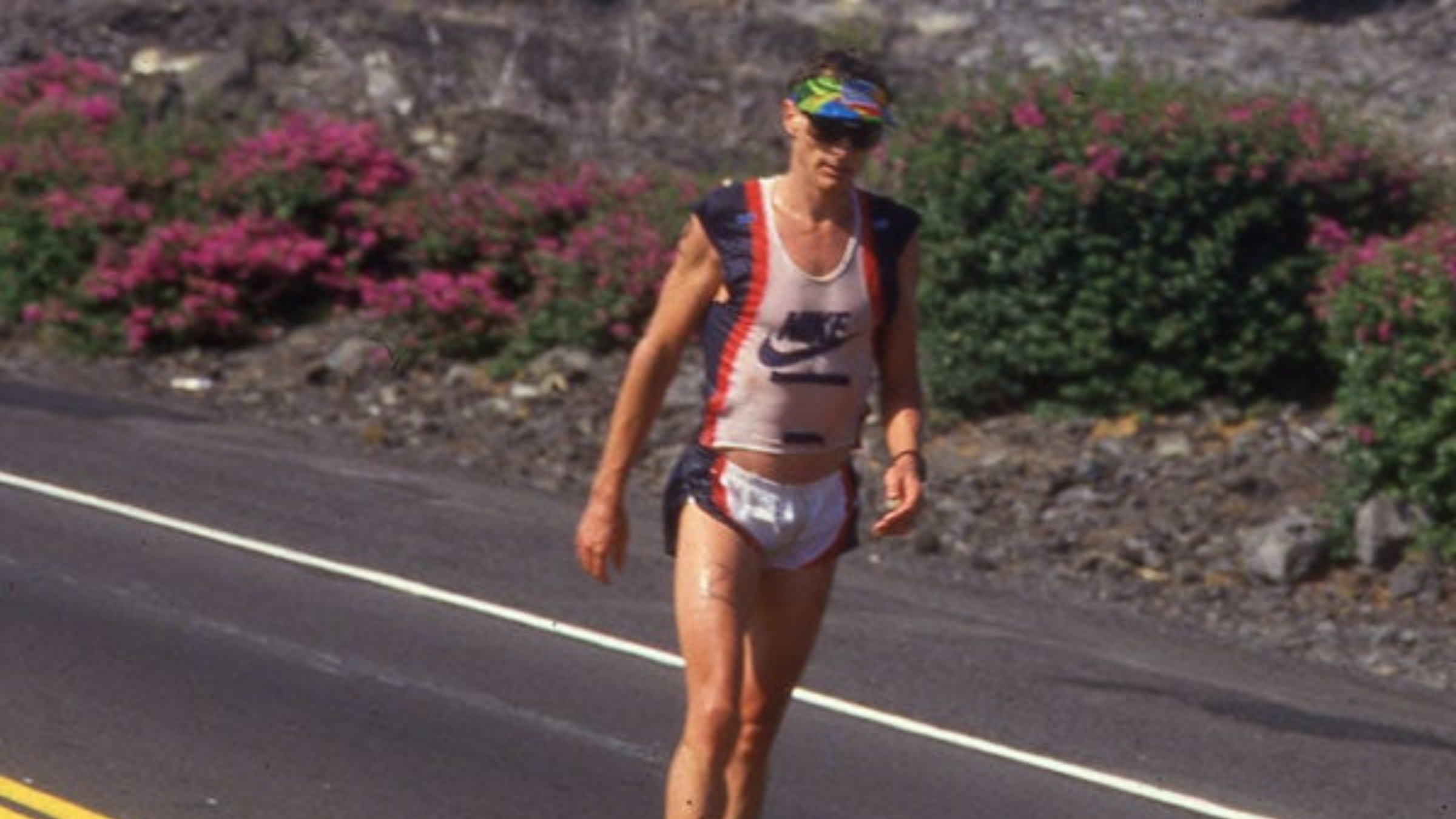
Mark Allen was almost 12 minutes ahead of Dave Scott when he rolled into T2. Allen, who knew the run was his strength, felt strong and confident as he began his marathon. But, after reaching the lava fields, the momentum began to switch. To the media and camera crew’s surprise, Scott passed Allen a couple miles before the 17-mile turn-around point.
While Scott was setting the Ironman marathon record, Allen was struggling just to stay in the race. That day, Scott became the first athlete to run a sub-three-hour marathon and overall sub-nine-hour race. Allen not only lost the race to his fierce rival, but also suffered internal bleeding and ended up in the hospital.
1982: The Crawl
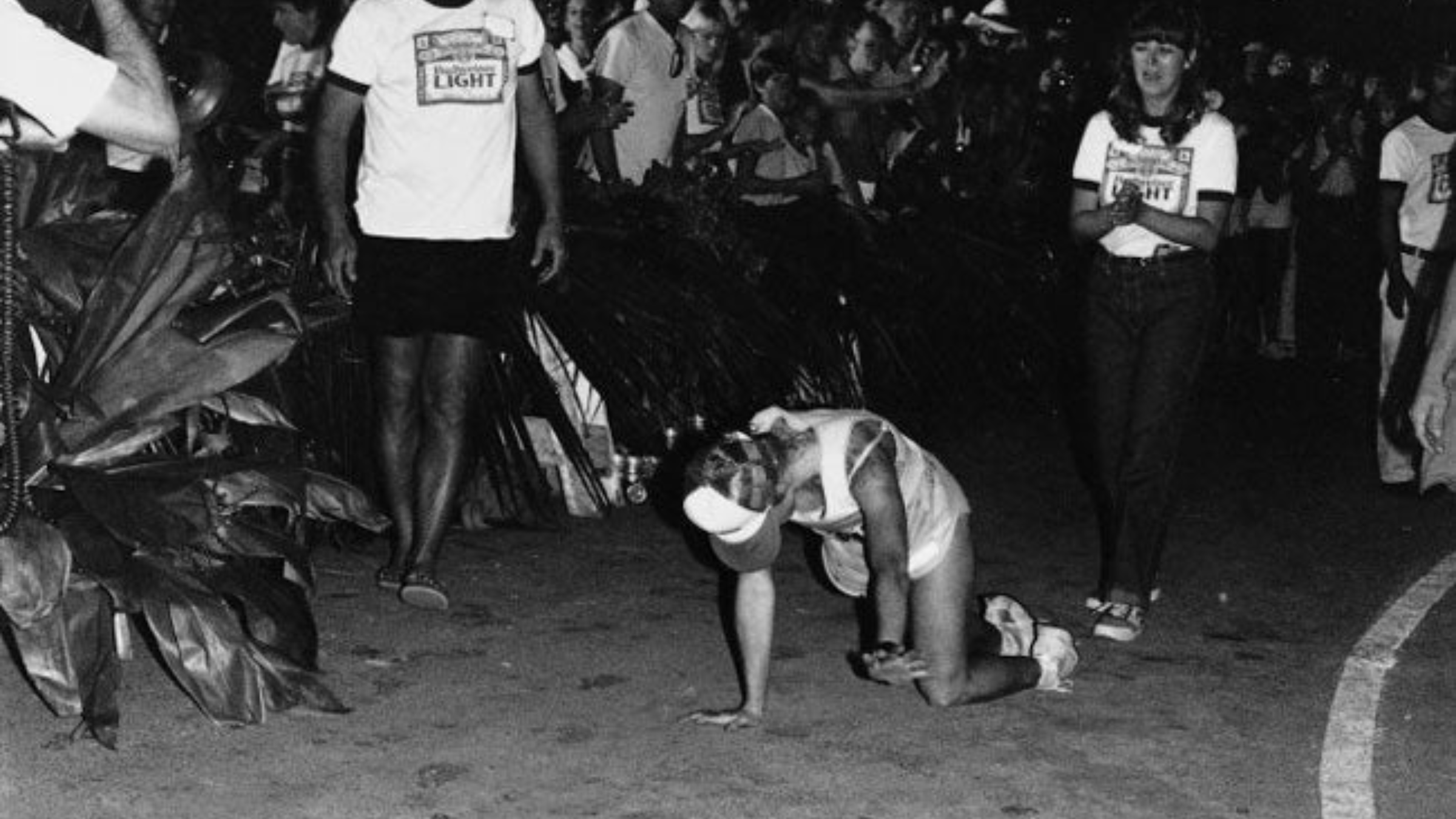
It’s the scene that showcased the toughness of Ironman to the rest of the world and put triathlon on the map. When Julie Moss crawled across the Kona finish line in 1982, it was a dramatic moment of accomplishment mixed with complete defeat.
With an eight-minute lead over Kathleen McCartney and victory virtually guaranteed, Moss collapsed a quarter of a mile from the finish line. Unable to walk, Moss sat in the road for three minutes before resuming the race. She then fell 100 yards from the finish line, 50 yards and then 15 yards shy of victory. McCartney, oblivious to Moss’ situation, closed the gap and crossed the finish line for the victory.
On her hands and knees, Moss crawled toward the finish line—crossing a mere 29 seconds behind McCartney. Ironman received widespread exposure after the ordeal was forever immortalized on ABC’s “Wide World of Sports.”
Michael Nystrom, Liz Hichens, Julia Polloreno, Bethany Mavis and Jené Shaw contributed to this list.